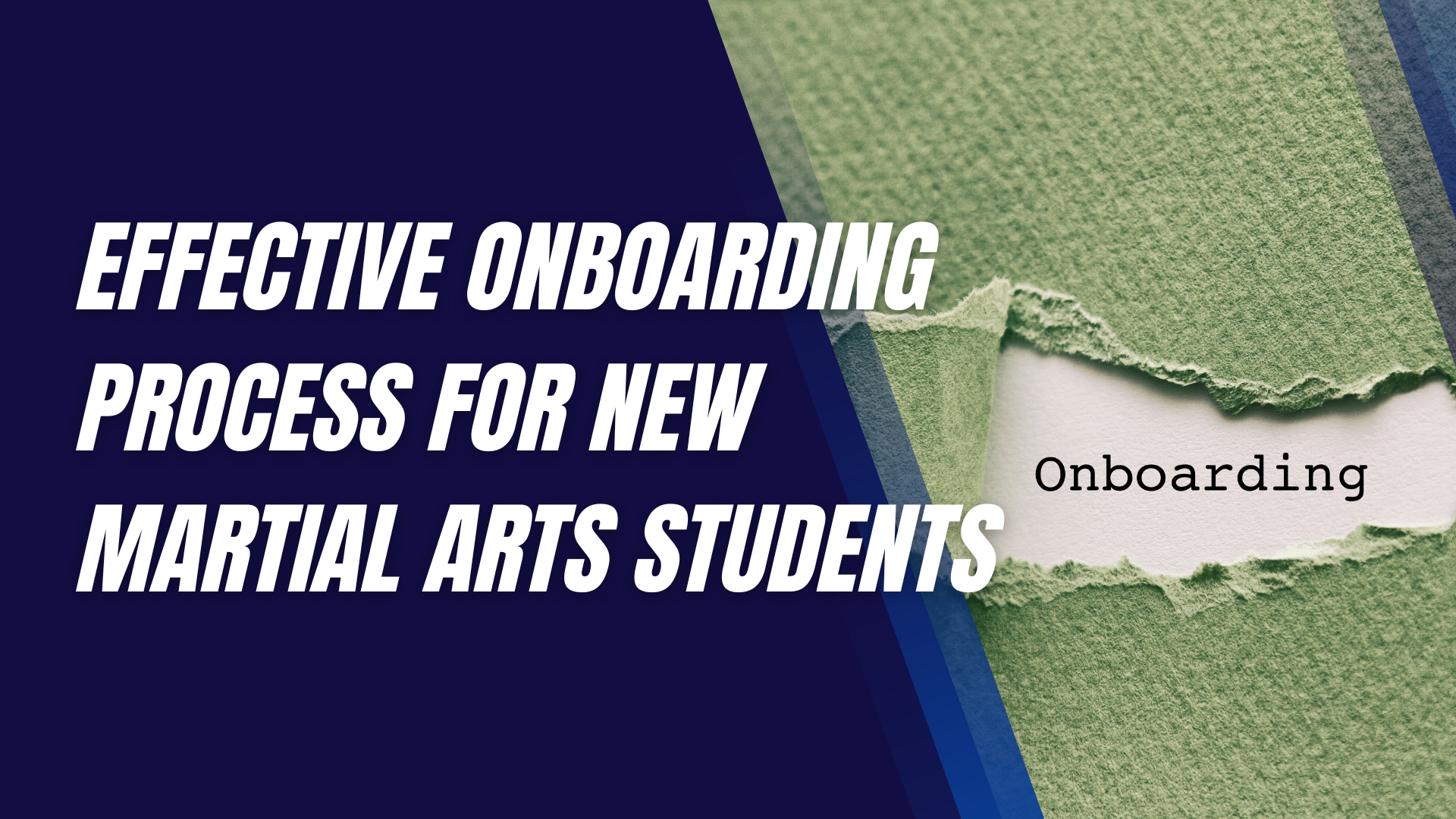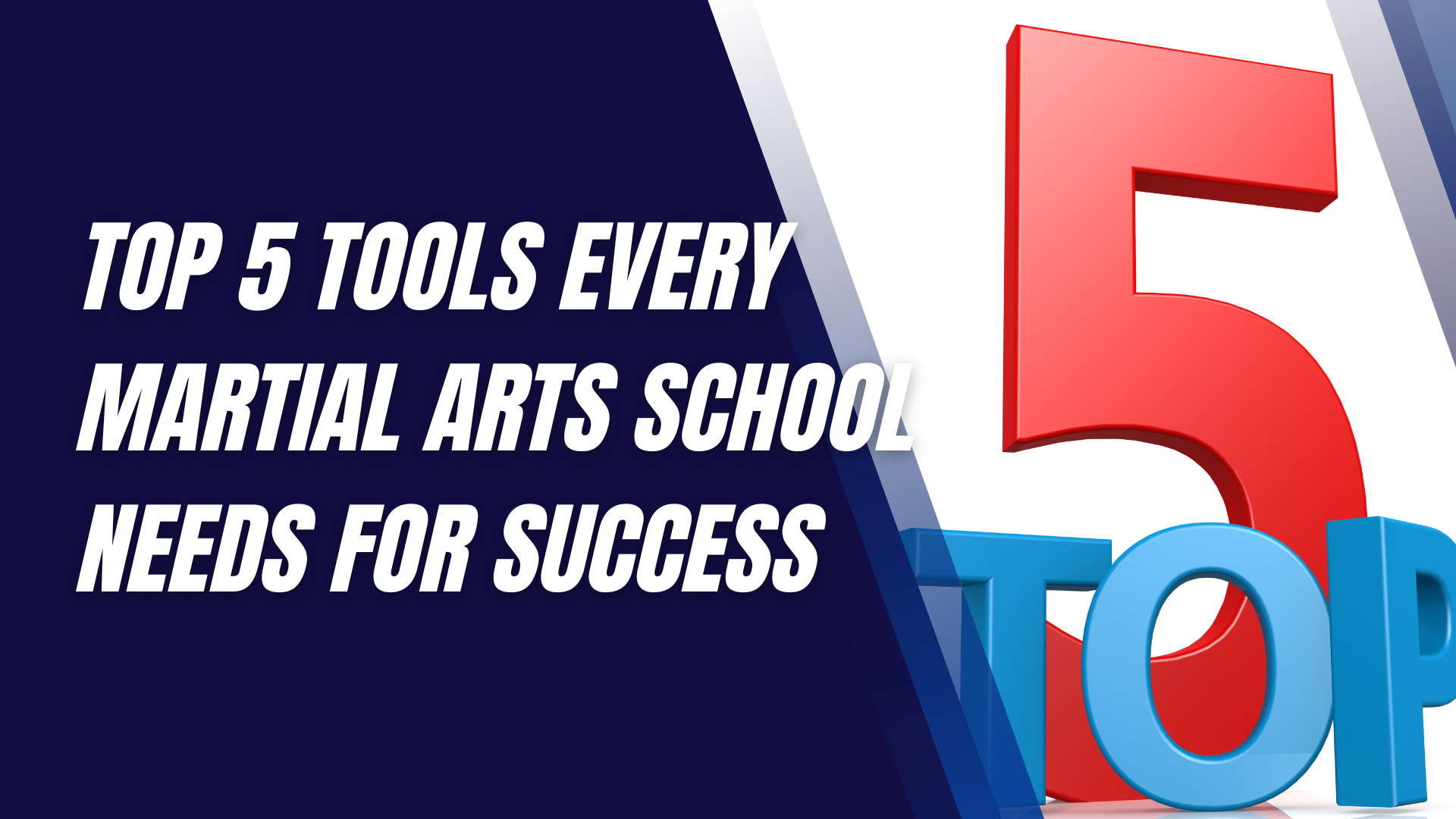How to Set Up a Loyalty Program for Martial Arts Students
Loyalty programs can significantly boost student retention and engagement in martial arts schools.
When designed effectively, these programs not only reward students for their dedication but also encourage them to keep coming back, bring in new students, and stay connected with the martial arts community.
Understanding the Benefits of a Lgeaoyalty Program
A loyalty program benefits martial arts schools in several ways:
- Improved Retention: Offering students incentives to remain active in their training fosters a sense of belonging and increases the likelihood they’ll continue their journey.
- Increased Engagement: Reward systems keep students motivated to attend classes and participate in school events, enhancing their overall experience.
- Referral Boost: Martial arts students often bring friends and family into the community. A structured reward for referrals incentivizes this natural process.
- Strengthened Community: A well-planned loyalty program promotes camaraderie, making students feel more like valued members of the school.
Identifying the Goals of Your Loyalty Program
Before diving into the setup, it’s essential to clearly define the purpose of your loyalty program. Common goals might include:
- Boosting student retention: The primary aim for most martial arts schools is to reduce churn rates.
- Increasing engagement: Whether through participation in classes, workshops, or special events, encouraging consistent involvement benefits both students and the school.
- Encouraging word-of-mouth referrals: Martial arts is often a community-driven endeavor, and incentivizing current students to bring in new members can be an effective way to grow.
Types of Martial Arts Loyalty Programs
There are several types of loyalty programs to consider, each offering different benefits and targeting specific behaviors:
Point-Based Loyalty Programs
One of the most popular types of loyalty programs is a point-based system, where students earn points for specific actions, such as attending classes, participating in tournaments, or referring new students.
How to Structure a Point-Based System:
- Class attendance: Award a set number of points for each class a student attends.
- Event participation: Give additional points for attending seminars, competitions, or community events.
- Skill advancement: Reward points when students reach new belt levels or demonstrate mastery in specific areas.
Tiered Membership Programs
In a tiered system, students move up levels based on their loyalty or participation. For example:
- Beginner Tier: Basic rewards like free uniform patches or small discounts.
- Intermediate Tier: Access to exclusive seminars, free classes, or discounted equipment.
- Advanced Tier: High-value rewards like private lessons, advanced coaching, or invitations to instructor-only events.
Referral-Based Loyalty Programs
This type of program incentivizes students to bring new members to your school. Each time a referred student joins, the referring student earns rewards.
Examples include:
- Special discounts: Offer a percentage off their monthly tuition for each successful referral.
- Free classes: After a certain number of referrals, a student might receive a free private lesson or advanced class.
- Exclusive merchandise: Branded gear like uniforms, gloves, or training bags make excellent rewards for referrals.
Crafting Rewards for Martial Arts Loyalty Programs
The success of a loyalty program hinges on the value and relevance of the rewards. Martial arts students tend to be highly motivated by both tangible and intangible incentives.
Martial Arts-Specific Rewards
Offering rewards directly related to martial arts will appeal to students’ passion and commitment. Some examples of effective rewards include:
- Gi patches: Custom patches representing loyalty milestones or achievements in the loyalty program.
- Upgraded belts or certificates: Special recognition within the school for consistent dedication.
- Advanced training seminars: Exclusive access to seminars or workshops led by senior instructors or guest martial artists.
Personal Growth and Skill Development as Rewards
Martial arts students are often motivated by personal growth. Therefore, offering rewards tied to skill improvement and mastery can be highly effective. Examples include:
- Private lessons: Offering one-on-one coaching with a senior instructor.
- Specialized workshops: Exclusive training sessions focused on particular techniques or areas of interest.
- Early access to new programs: Reward students by giving them first access to newly introduced classes or programs.
Implementing the Loyalty Program
Once the structure of the loyalty program has been decided, it’s time to implement it within the school.
Choosing the Right Platform for Tracking
There are various platforms and tools available to help martial arts schools manage their loyalty programs. Some options include:
- Martial arts management software: Many of these programs come with built-in loyalty program features that track student participation, belt promotions, and attendance.
- Mobile apps: Specialized apps allow students to track their own progress and points, which can increase engagement.
- Manual tracking: For smaller schools, a simple manual system (like a chart or spreadsheet) may be effective.
Promoting the Loyalty Program
Effective promotion is crucial to ensuring that students engage with the loyalty program. To promote it successfully:
- Announce it in classes: Let students know about the program during class time, explaining how they can benefit from it.
- Leverage social media: Use Facebook, Instagram, and other platforms to create excitement about the program, showcasing rewards and celebrating student milestones.
- Send out newsletters: An email campaign introducing the program and reminding students about their progress can keep participation high.
Measuring the Success of Your Loyalty Program
It’s important to regularly assess the effectiveness of your loyalty program. Key performance indicators (KPIs) include:
- Student retention rate: Track how many students remain enrolled over time.
- Participation rates: How actively are students participating in classes and events? Are they engaged with the program?
- Referral growth: Measure how many new students are joining due to referrals.
Adjusting Your Program Based on Feedback
The best loyalty programs are dynamic and evolve based on feedback. Survey your students periodically to gauge satisfaction with the rewards, the program's ease of use, and areas for improvement.
Overcoming Common Challenges in Martial Arts Loyalty Programs
Common issues that arise when setting up loyalty programs include:
- Low participation: If students aren’t engaging, the program may need better promotion or more appealing rewards.
- Balancing rewards: Ensure that rewards are enticing but don’t strain the school’s budget.
- Overcomplicating the system: Keep the program straightforward so students understand how to participate and track their progress.
Legal and Ethical Considerations
Be transparent with students about how the loyalty program works and ensure that it complies with any applicable laws. Make sure students know the terms of the program, including expiration dates for rewards or points and any eligibility restrictions.
Frequently Asked Questions
1. How do I ensure students stay motivated by the loyalty program? Make sure the rewards are valuable to your students, and continuously promote the benefits.
2. Can loyalty programs work in smaller martial arts schools? Yes, even small schools can benefit from loyalty programs, especially those focused on personalized rewards like private lessons or special seminars.
3. What’s the best way to track loyalty points? You can use martial arts management software, apps, or manual systems like spreadsheets depending on your school’s size and resources.
4. How can I promote my loyalty program effectively? Announce it during classes, use social media to showcase rewards, and keep students informed through emails or newsletters.
5. What should I do if participation in the program drops? Survey students to identify why engagement is low and consider adjusting the rewards or simplifying the program.
6. Do I need to offer expensive rewards to make the program successful? Not necessarily. Many martial arts students value personal growth opportunities like private lessons or advanced training over expensive physical rewards.
Final Thoughts
A well-designed loyalty program can greatly enhance student retention and engagement in martial arts schools, fostering a strong sense of community and motivation. By offering meaningful rewards tailored to personal growth and skill development, schools can keep students invested in their training journey. It's important to keep the system simple, accessible, and transparent to ensure broad participation. Regularly assessing and adjusting the program based on student feedback can optimize its success. Ultimately, a loyalty program creates a win-win environment, benefiting both the students and the school.
Interested in trying a martial arts class? Find an affiliated academy anywhere in the country by clicking here.
Have your own martial arts program? Get to know more about what we have to offer at Ground Standard Agency for helping martial arts businesses grow.
Email us at info@groundstandard.com, or call and text us at (732) 907-8920 today to learn how to start growing your own academy, school, dojo, or gym with us as well.
Share this article












